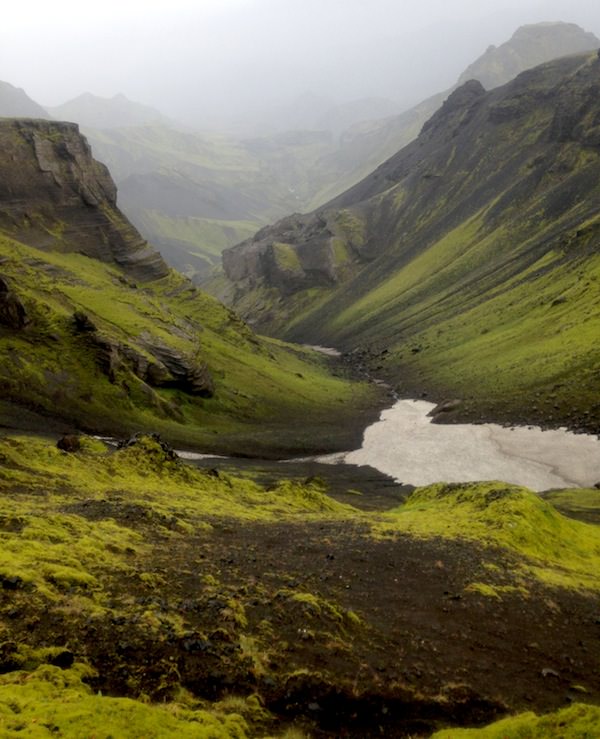Techniques used in the book Icelandic Yule lads
Here you will find a list of the techniques used in the book Icelandic Yule lads, together with links to blogpost and/or videos showing how to work them.
- Afterthought heel: plain or in stranded knitting, a heel knitted afterward, also known as peasant heel.
- Color dominance: in stranded knitting, let the color you want to stand out more (your dominant color) floating underneath at the back, whereas the recessive color floats on top of it. Be consistent. To prevent tangling, it’s a good idea to keep your skeins apart, one on your left, one on your right. It is usual practice to keep the dominant color on the left, but whatever works best for you is fine. See my youtube video Kristylopi KAL 3 on color dominance (33:36).
- Disappearing loop cast on: this cast on is used to start knitting in the round from the center out
- Grafting (or Kitchener st) is used to join together 2 sets of live sts with a tapestry needle and create a row that looks like knit sts between them. It can be knit stitches but also purl or like in the Stroff socks, a mix of knit and purl. Alternatively, you can bind off on WS on 3 needles, or even bind off and sew.
- Icelandic bind off: called garðaafelling (garter bind off) in Iceland. This technique allows the stitches to be bind off in an elastic way and does not add an extra row. Knit 1 stitch, bind it off over the next stitch that you knit itself through the bind-off loop, then the two stitches are dropped from the left needle together. This bind off is not necessarily elastic per se but it is very easy to adjust the loop to make it more or less elastic.
This bind off has been known in Iceland since at least the end of the 19th century and was popularised by Sígriður Halldórsdóttir. She describes it in her book Þríhyrnur og langsjöl (a book about traditional Icelandic shawls, translated in English and French) and notably taught it at the Handprjónasamband Íslands (Icelandic Handknitting Association) where it has been used even since to bind off the collar of all the lopi sweaters sold there. The name Icelandic bind off probably comes from the fact that since 2010 I have been teaching the method during my knitting tours and it seemed little known outside Iceland. The participants in my trips will have popularized it under this name. - Jogless join: when knitting in the round, we are in fact working spiral rows and a unappealing jog appears at color changes. It can be avoided by working a jogless join. There are different methods but this one can be used in every round.
- Stranded knitting is a colorwork knitting techniques that requires to carry along the strand of yarn not in use across the back of the work. It is referred as such because of these strands (or floats) left on the inside of the work. Keep a good slack on the strands to ensure an elastic fit, especially around the leg. You can eventually turn your work inside out with the floats on the exterior side. Make especially sure to not disturb the color dominance when trapping the floats: always twist the yarns in the same direction and untwist them after they have been trapped. In some patterns it is recommended to trap the CC yarn every 3-5 sts to avoid long floats. Make sure to not trap in the exact same place in each round so that it shows less on the right side.
See the different ways to hold hands in my youtube video Kristylopi KAL 3: hold both yarns in the right hand or in the left hand or one yarn in each hand (17:08), tension the yarns (25:26). - Yarn over short rows: a short row is a row that is not fully knitted; the work is turned before reaching the end of the row. Holes form at the turning point that can be closed using different methods. The yarn over method is the one commonly used in Iceland. On the right side of the work, make a yarn over simply by bringing the yarn to the front; and on the wrong side by bringing the yarn to the back. Gaps are then closed by working together the yarn over and the stitch on both sides of the gap, making sure that the yarn over is underneath the stitch.
- 2-color long tail cast-on: a long tail cast on worked with two colors.

